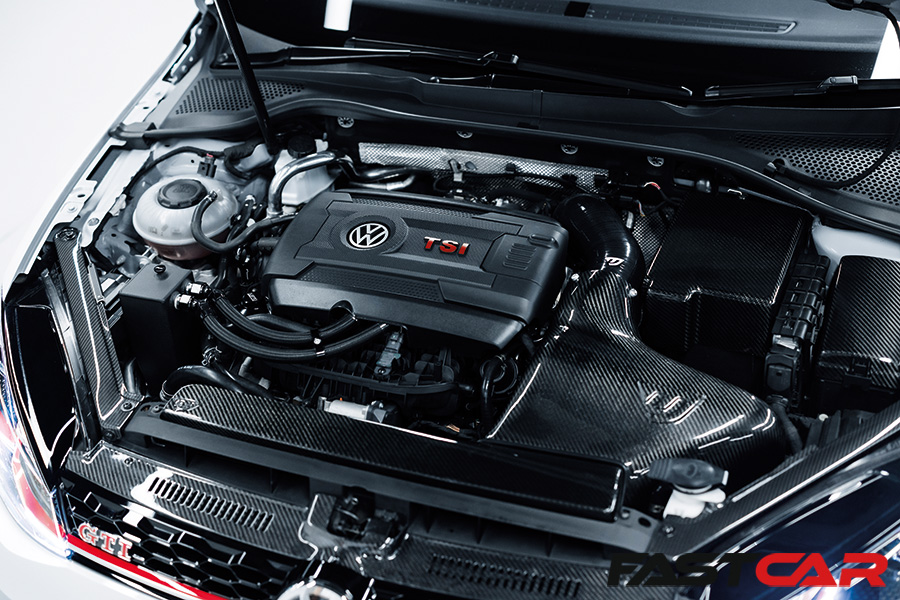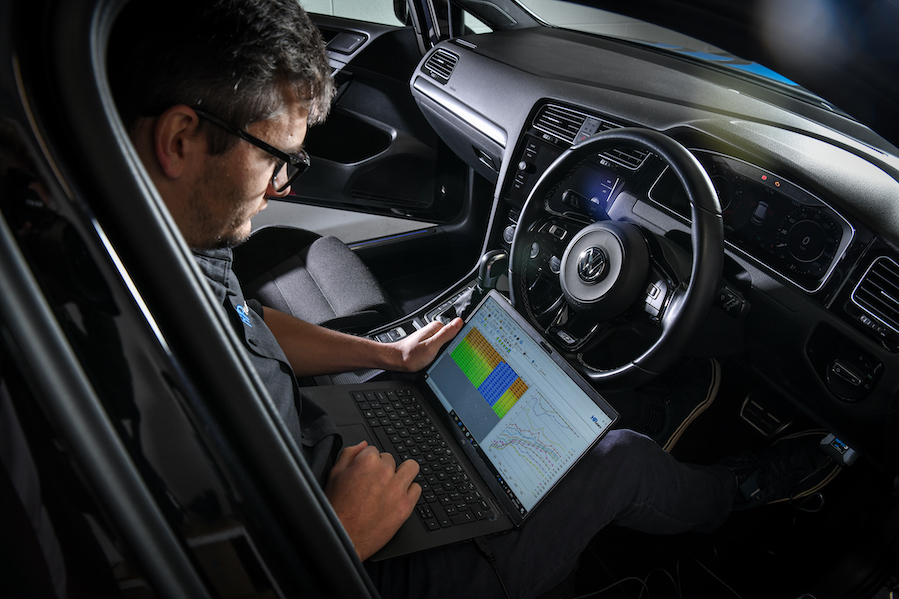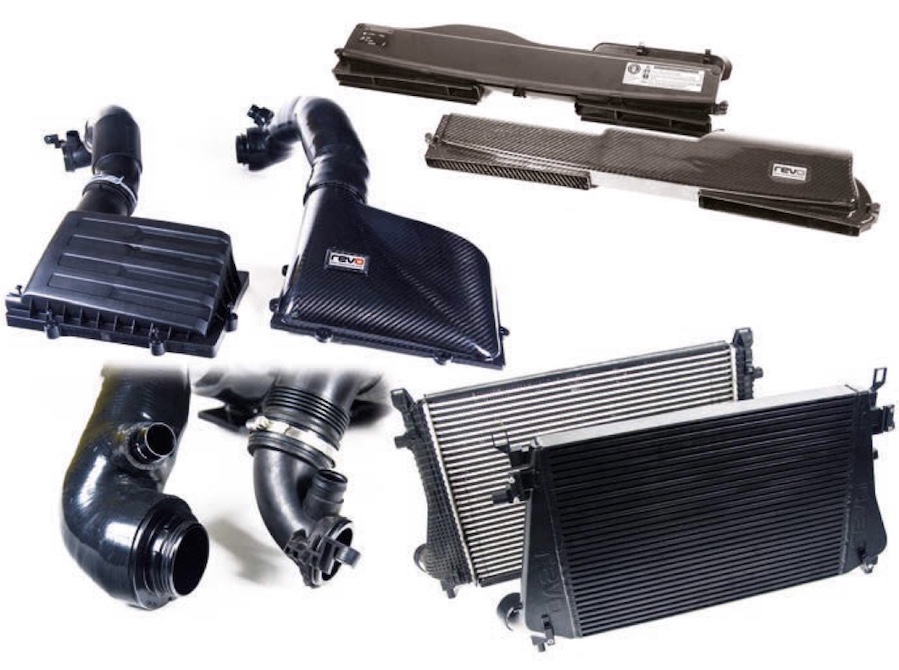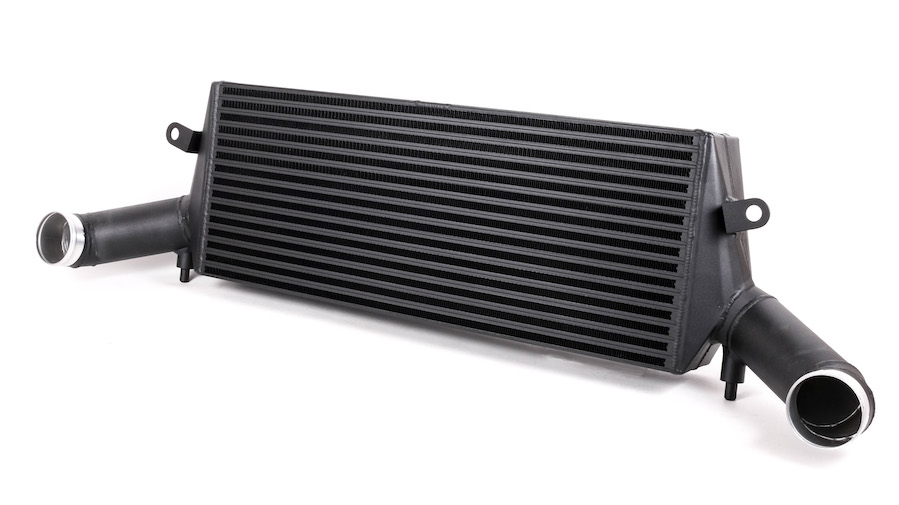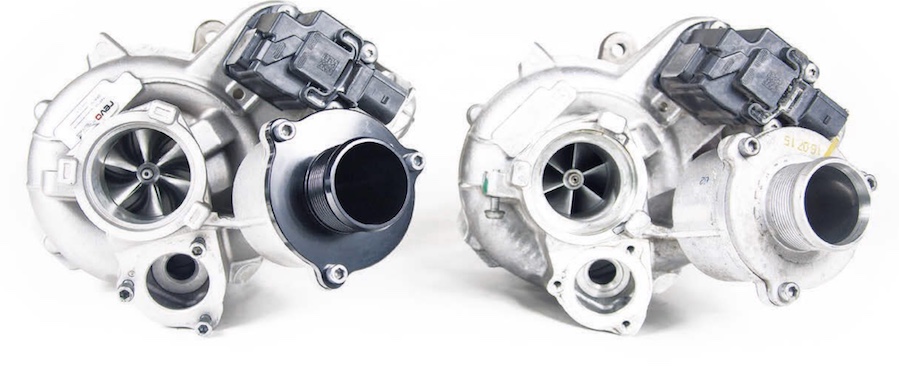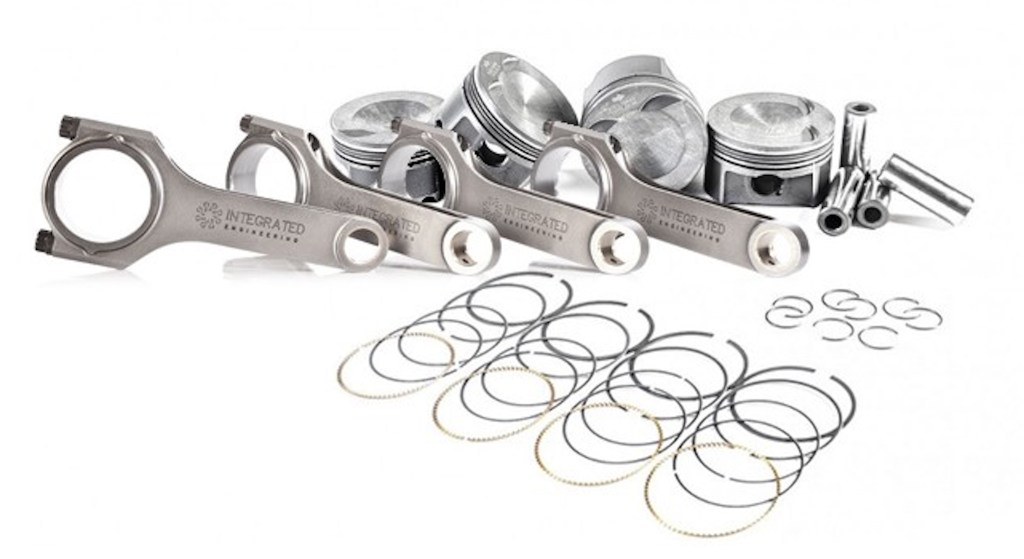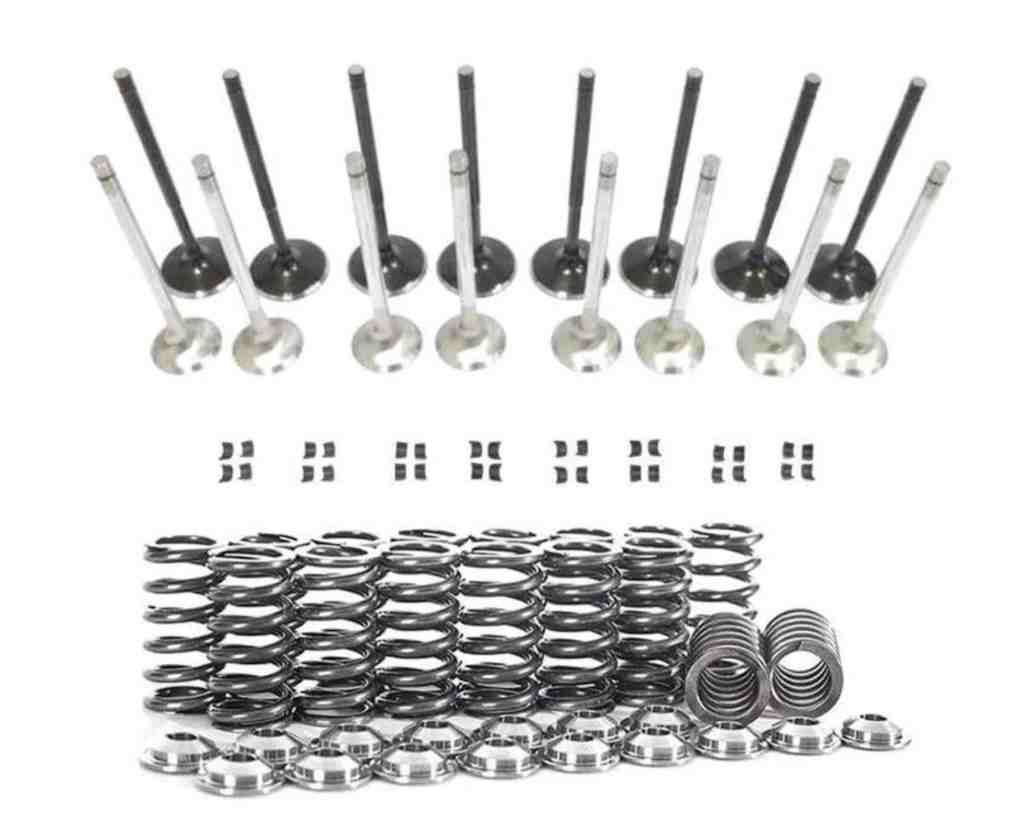Volkswagen’s EA888 2.0T is the engine everybody is currently going mad for on the VW tuning scene. Here’s our tuning guide to help you get the most out of this peach of an engine…
The EA888 was first introduced in 2007 and has been seen in many of the Volkswagen Group’s iconic hot hatches, not to mention its crossover and SUV range, as well as Cupra’s Leon and Ateca. However, it’s the third evolution of the TSI motor – the Gen 3 – that everybody is after on the car tuning scene. It’s no wonder, either, as the engine is so easy to tune and the aftermarket is saturated with uprated parts for it.
While the Gen 3 EA888 2.0T TSI, found in Volkswagen’s Mk7 Golf GTI and Golf R models, appears similar to the previous variants of motor (previously seen in cult cars like the Mk5 GTI and Mk6 Golf R), a lot of its internal parts are very different indeed. In fact, the third evolution of this extremely popular direct-injection engine has a thinner block which, as a result, makes it lighter than its predecessors while amazingly producing more power and yet returning better miles per gallon. It’s a win win!
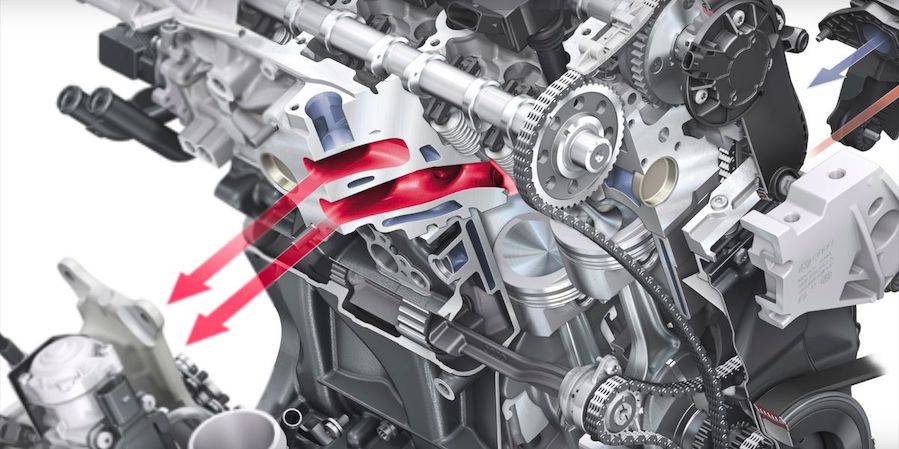
One of the Gen 3 TSI’s party tricks is that it features an integrated water-cooled exhaust manifold which, not only speeds up the engine’s operating temperature, but, also helps it remain cool under load. The fact it doesn’t need extra fuel to help keep the exhaust temperature down is one of the main reasons for the improved fuel consumption.
But, less about fuel economy and the boring stuff, what about tuning? Well, we’re just about to get on to that…
How To Tune VW’s EA888 Engine: Gen 3 TSI Tuning
Firstly, it’s worth noting that while the Mk7 Golf GTI and R models both feature similar engines based around the EA888 Gen 3 TSI motor, these units aren’t exactly the same. The biggest and most noticeable difference you’ll find between the two is in the type of turbocharger used. The Mk7 GTI comes from the factory with an IHI IS20 unit, whereas the R sports an IS38 (which is obviously slightly larger than the GTI’s unit). The great part of the engines being so similar means that most of the bolt on and drop in tuning parts fit both. Even better is the fact that, even with stock internals, it is quite easy and affordable to achieve up to 400hp – and if you start dropping in uprated rods and pistons, then the sky really is the limit. Let’s not run before we can walk, though…
Stage 1 EA888 Tuning – Up to 90bhp gain (with remap software alone)
So, what does Stage 1 actually mean? Good question. Well, different people have different interpretations but in our mind, Stage 1 software’s intended use is with factory hardware. Flashing your stock car’s ECU with Stage 1 software is by far the easiest and cheapest bang per buck you can achieve. Some tuners even offer software that you can actually flash at home, while others can supply a custom map to suit your specific car and any other small mods you may have made. It’s hard to recommend any one product as there are a number of great companies out there, like Unitronic, Revo and HP Tuners (to name but a few) supplying fantastic software. We’d suggest you work out your budget and what you want from the map, then speak to other people to find out what software they’re successfully using.
Tune your gearbox, too (TCU remaps)
If you have a DSG-equipped car, then a TCU (Transmission Control Unit) tune is a no brainer. Similar to tuning your car’s ECU, a gearbox map is flashed to the car. The result sees faster gear changes, raised RPM shift points and the option for more aggressive launch control from standstill. Basically, it’s as the car should have left the factory…
Hardware upgrades ready for more power
At this early stage, many tuners such as APR, Forge Motorsport and Racing Line will tell you you’re fine to add a cold air intake, turbo muffler delete and inlet pipe into the mix as this will create good foundations for things to come – some may class this as Stage 1+. You can even add a cat-back exhaust at this stage (from the likes of Milltek or Jetex), as it will improves visuals and sound, but shouldn’t cause issue with emissions or legalities.
Another simple upgrade for GTI owners is to fit the larger IS38 turbocharger from the Golf R, which will bolt straight on. Either way, if you get to this stage then chances are Stage 2 will be on the cards sooner than you may have planned. This tuning game is addictive…
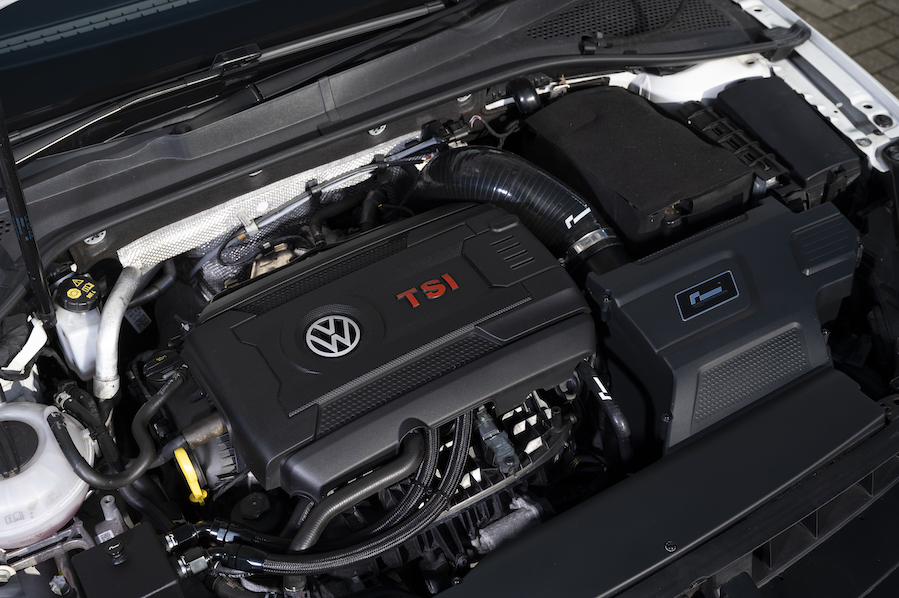
Stage 2 Remap – Up to 115hp (Mk7 GTI) and 150hp (Mk7 R) gain over stock
See, you’re clearly hooked. Stage 2 software will, once again, give you a serious hike in power (especially with the additional hardware fitted, which we’ll come to soon), but there’s one important addition you should remember at this stage. To accompany Stage 2 software, most of the reputable tuners will stipulate you fit a high pressure fuel pump (HPFP). These obviously deliver a whole lot more fuel to your engine, but make sure it meets the requirements of your new map. While we’re on the subject of fuel, most Stage 2 maps run on higher octane fuel, so do bear that in mind as well.
Legalities
When it comes to Stage 2 hardware, it’s worth noting that at this stage, many tuning products on the market will be sold for ‘off-road use’ only (think track days and drag racing), due to not necessarily complying with the various laws (emission, noise restrictions, etc) in your area.
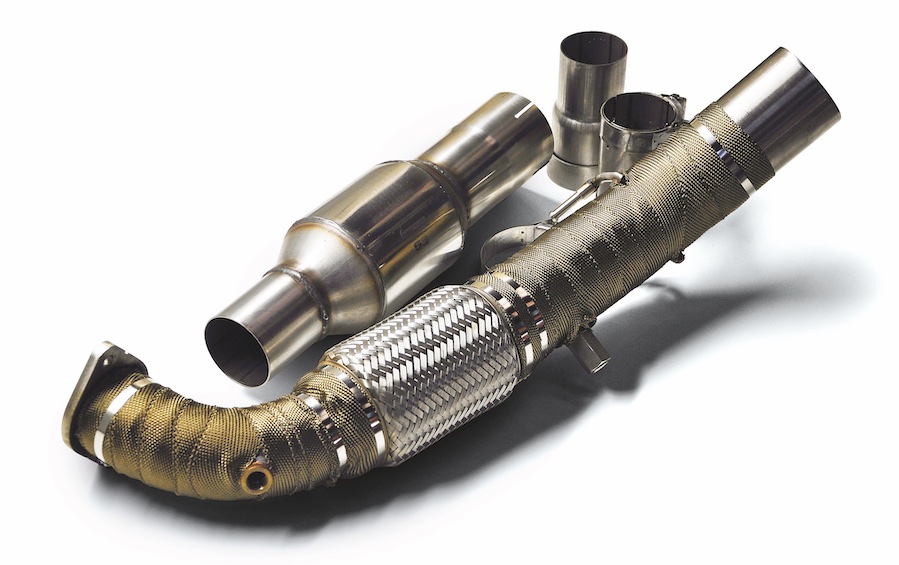
Uprated intercooler, downpipe and cat
An uprated intercooler and cast downpipes are both essential Stage 2 hardware additions. The intercooler (often over double the size of the factory unit) will hugely lower air intake temperatures, thus preventing significant power loses, while the downpipe will obviously free up the flow restrictions synonymous with the factory unit. Cast downpipes usually work hand-in-hand with performance ‘high-flow’ catalysts and, combined with the larger diameter piping, allow your turbo to work at its optimum level.
Hybrid turbochargers for VW’s EA888 engine
Those wishing to take things a little further – without going for a ‘big turbo’ or playing with internals – could look at fitting a hybrid turbo at this stage, which will often fit in the stock location without modifications and still be a similar size to the stock unit (just feature larger internals). Garrett’s 2260 PowerMax is a popular upgrade for the Mk7 GTI and R models, which can see power leap way over the 450hp mark (using Stage 2 software, plus the other hardware bolt ons we’ve mentioned). Playing around with ethanol and water injection could see figures reach as high as 480hp+, depending on the fuel you use. At this level, you’re in Stage 2+ territory, we’d say…
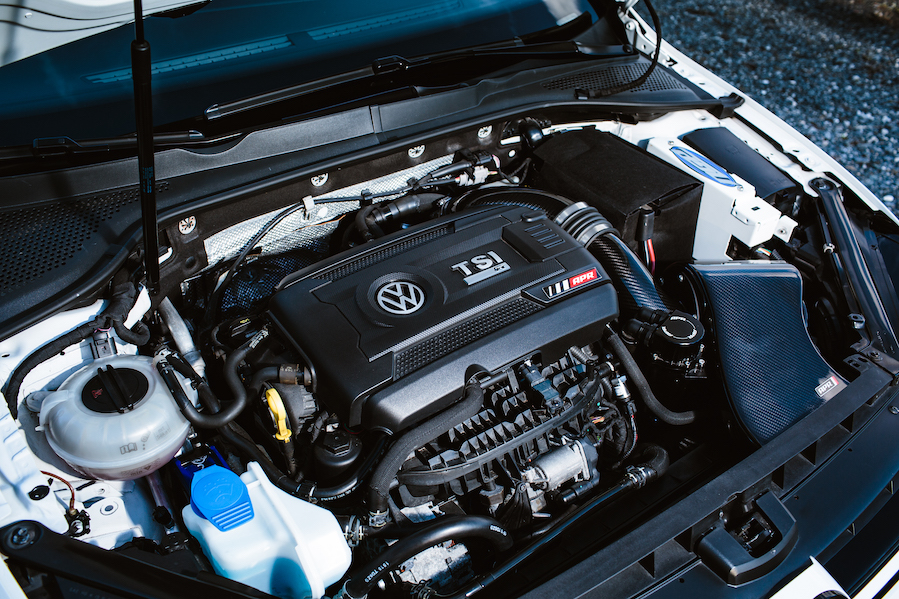
Golf GTI/R Stage 3 – 500-600hp+ and beyond (depending on hardware used and size of turbo)
Okay, at this level, chances are you’re not just using your car for the daily commute, but also taking on the regular track day or drag strip event. Stage 3 is basically big school, usually centered around a larger bolt-on turbo, which can sometimes need mounting remotely due to the lack of space between the engine and bulkhead. While these engines are pretty strong, when you start looking at over 500hp, then uprated internals are a must. Obviously, up to this stage, bolting parts on is pretty easy and affordable, even if you’re paying somebody to fit the parts. One thing to factor in at Stage 3 is the extra costs of labor for the machining and general custom work involved if you’re not buying an off-the-shelf kit.
Uprated turbochargers for the EA888 engine
When selecting a turbo, again, a lot comes down to what you want from the engine. It’s worth reading out Turbocharger Guide, to discover exactly how turbos work before deciding on which snail to opt for. Companies like Revo will offer a complete bolt on Stage 3 turbo kit (see turbo above), or firms like Turbozentrum will just sell you just the turbo. If you’re going for a more bespoke application, then HG Motorsport is just one of a number of companies that can supply uprated downpipes for your Stage 3 conversion.
Uprated rods and pistons for the EA888 engine
We could (and probably will) write a whole article devoted to the correct connecting rods, pistons, valves and valve springs to use in a big-power Gen 3 2.0T as there are so many options and opinions out there. Obviously a lot comes down to what power/torque you hope to achieve, how you plan to use the engine and want that power delivered. Oh, and obviously how much money you plan to sink into the engine build.
The guys at Integrated Engineering, who started out producing rods before producing a whole host of bolt on products and software, suggest H-beam rods have great strength to weigh ratio, and they rate them up to the 600hp mark. Anything over that (yes, people often want to go there) then IE suggest their Tuscan I-beam items; designed for engines that make up to 1000hp, these are used in many of their world-record setting cars.
Again, there are a number of firms that manufacture pistons specifically for the 2.0T EA888, so you need to do your homework here as there are too many options for us to recommend just one. Most people will stick with the stock bore size of 82.5mm unless a cylinder bore scores, in which case, use an 83mm piston. Remember, though, that the latter will require machined cylinders, so it can be expensive.
Uprated valves and springs for the VW EA888 engine
Finally, stock valves and valve springs were never designed to deal with the extra pressure levels and power output, so we’d always suggested you upgrade both when you reach Stage 3. There’s no point swapping out the turbo and fitting uprated rods and pistons, only to fall at the final hurdle. Companies like Supertech will be a great place to start when searching. Do it once and do it right…
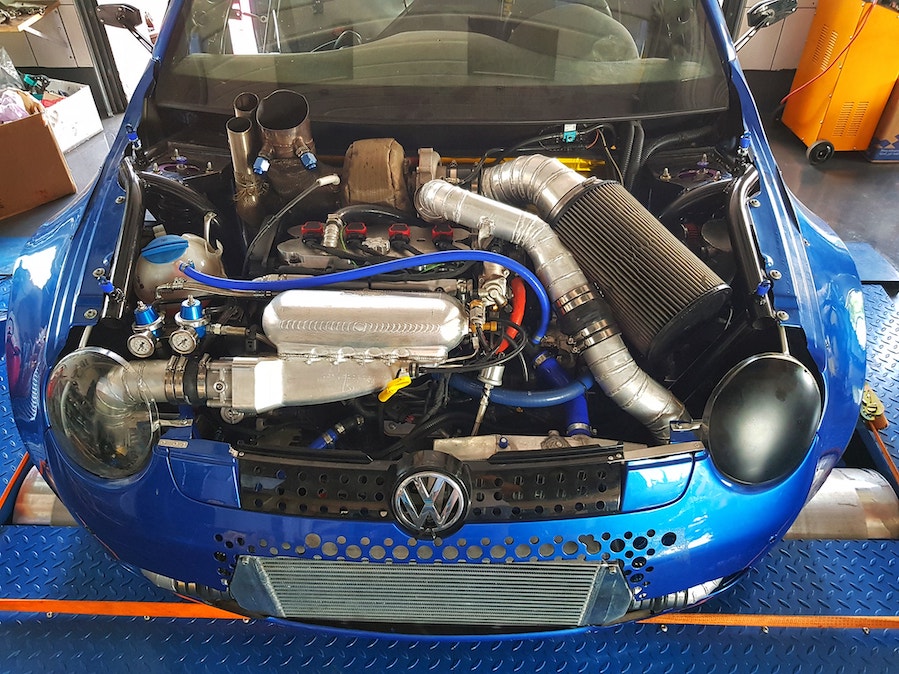
Tuning Limitations Of The VW EA888
It’s safe to say that the sky really is the limited when tuning the Gen 3 2.0T EA888 motor. So long as you opt for reputable parts and labor, plus you keep on top of the regular serving (using a decent synthetic engine oil) you won’t go far wrong! When it comes to knowing when to stop, well, the only real limitation is your budget and the size of your wallet! Dop Motorsport‘s Lupo drag racer (above) managed to achieve 1800hp, but then it did have a motor in the boot, too…
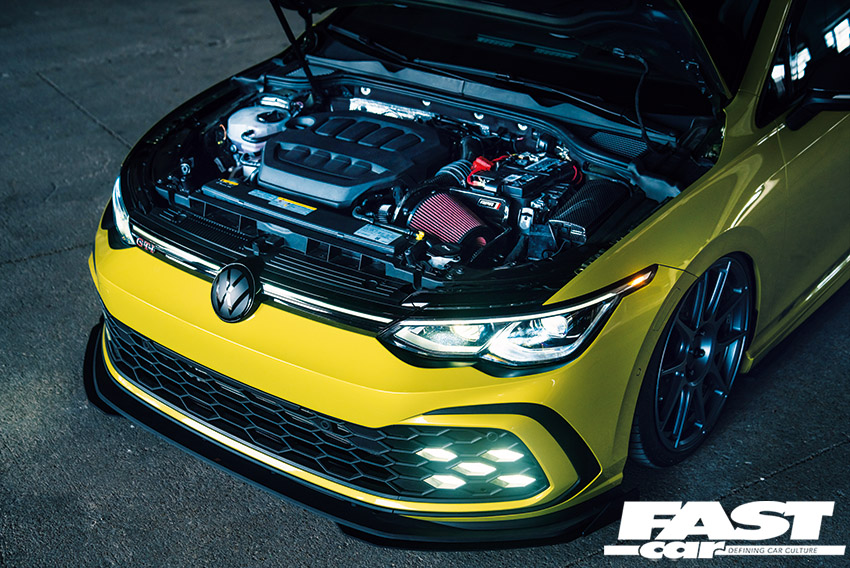
The future – Gen 4 VW EA888 TSI engine
As for the future, well, before we all go electric, the EA888 Gen 4 (or Evo4) motor, which arrived in the 2022 Mk8 Golf GTI and R models, is said to be the most technically advanced engine ever produced by VW. There was something of a delay in tuner’s gaining access to the engine’s ECU to work on revised software, but thankfully, this finally happened in the latter part of 2022. Naturally, a flurry of tuners soon began to offer software and bolt-ons for the new engine. We’re yet to see how far this motor will go in terms of all-out power, but we have a feeling it won’t be long till we find out. Be sure to read about it here first…

